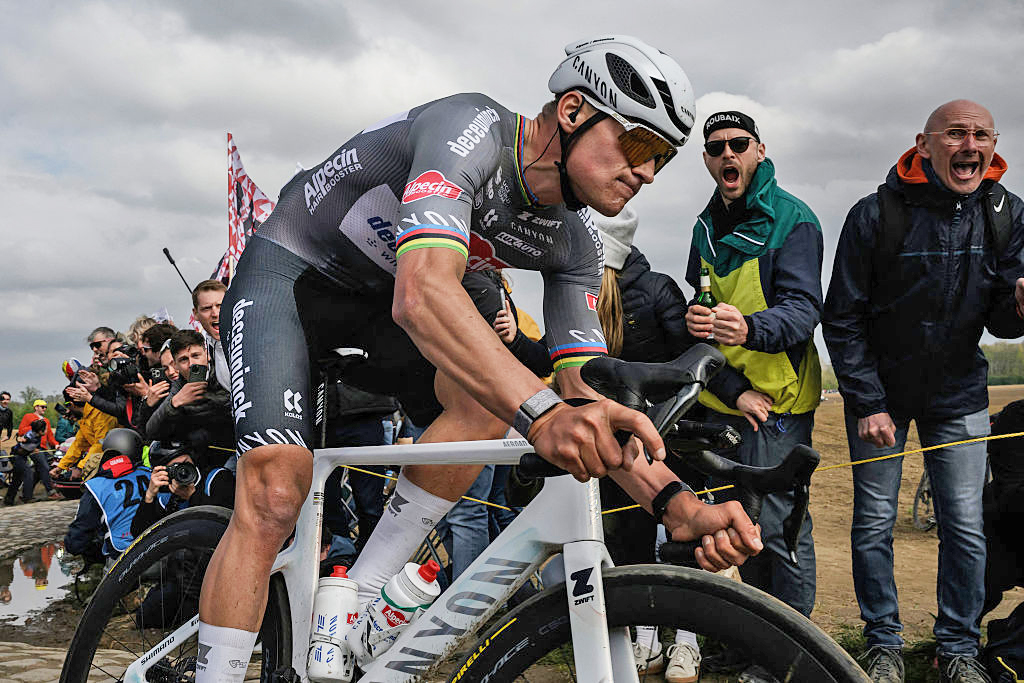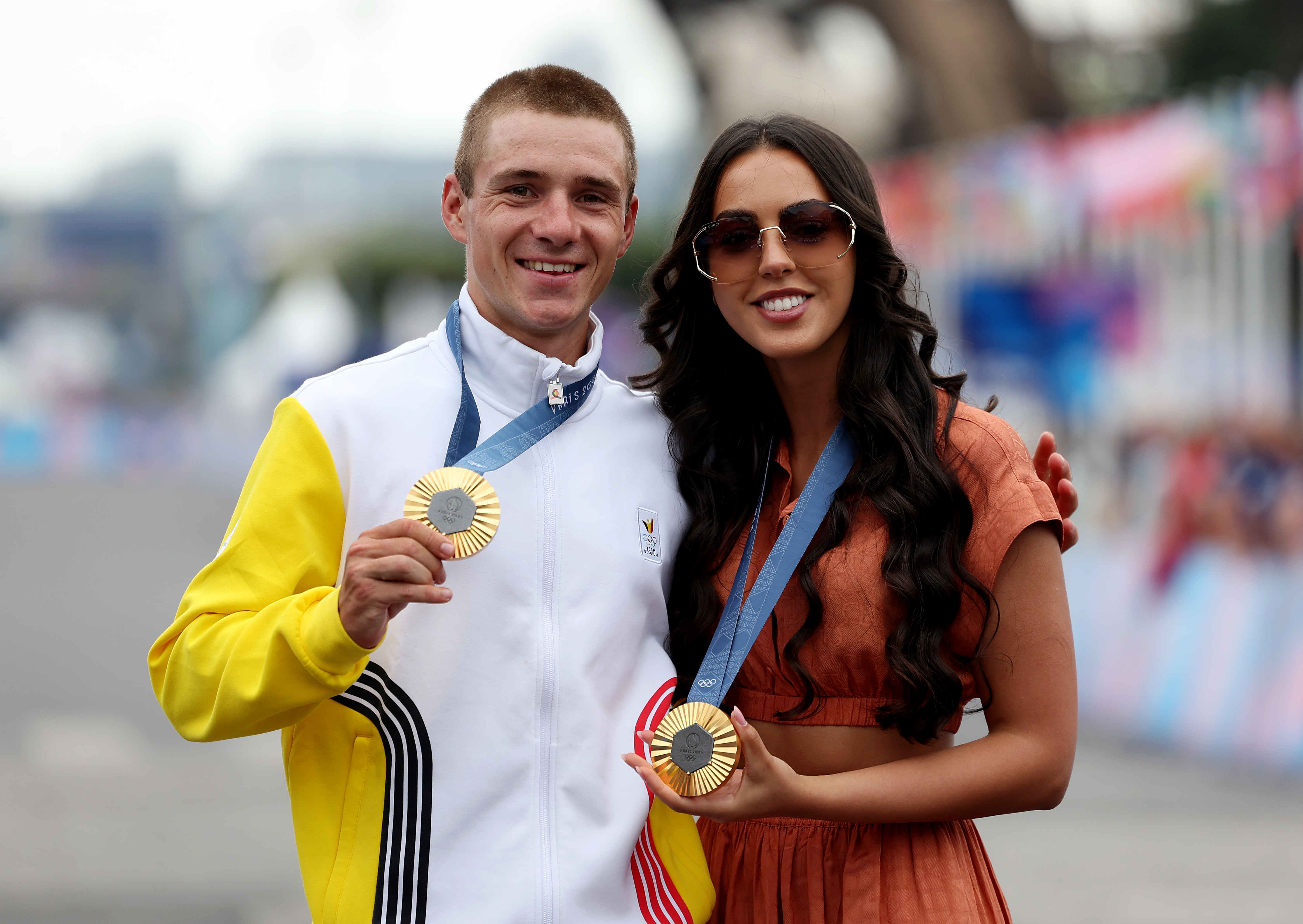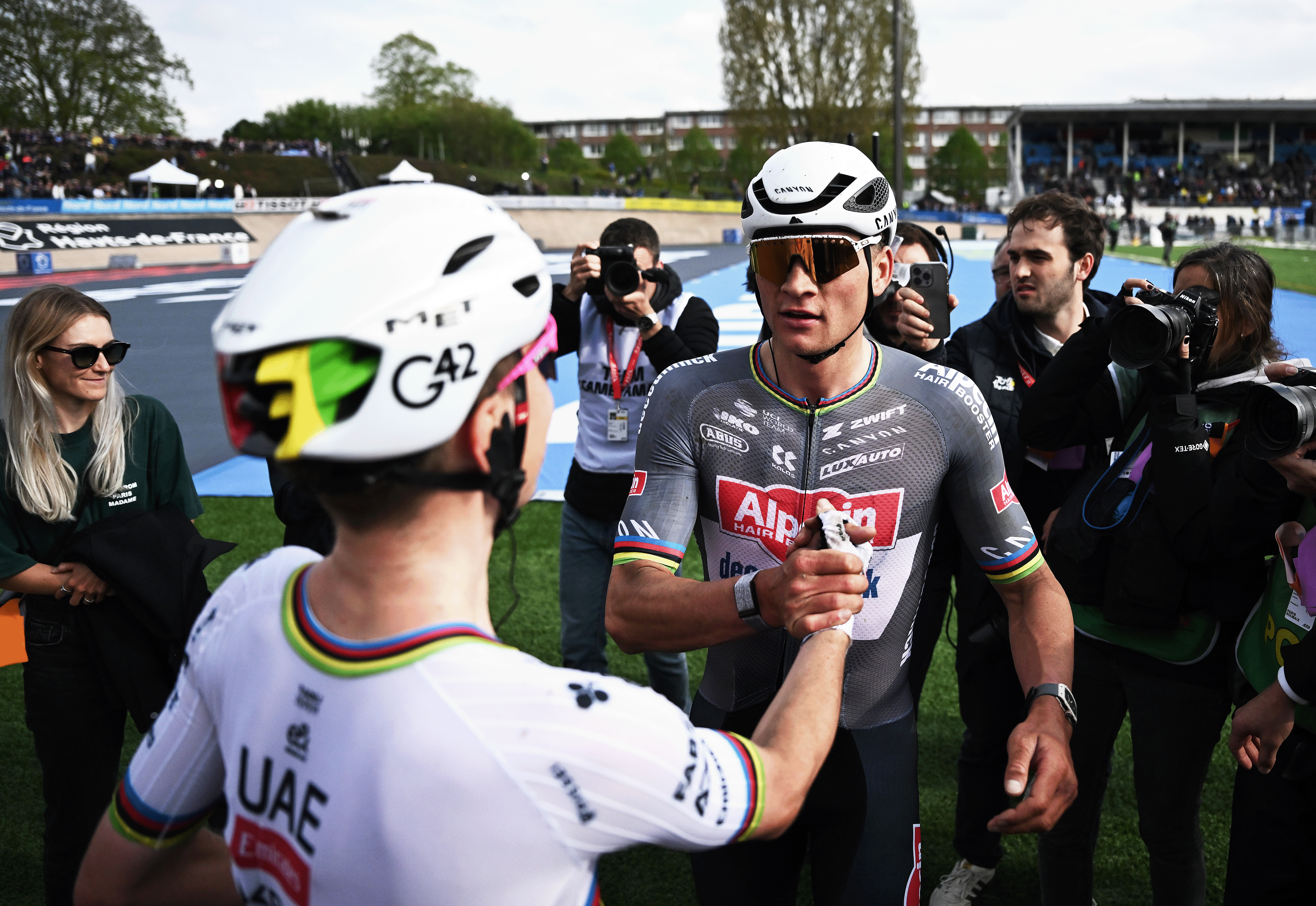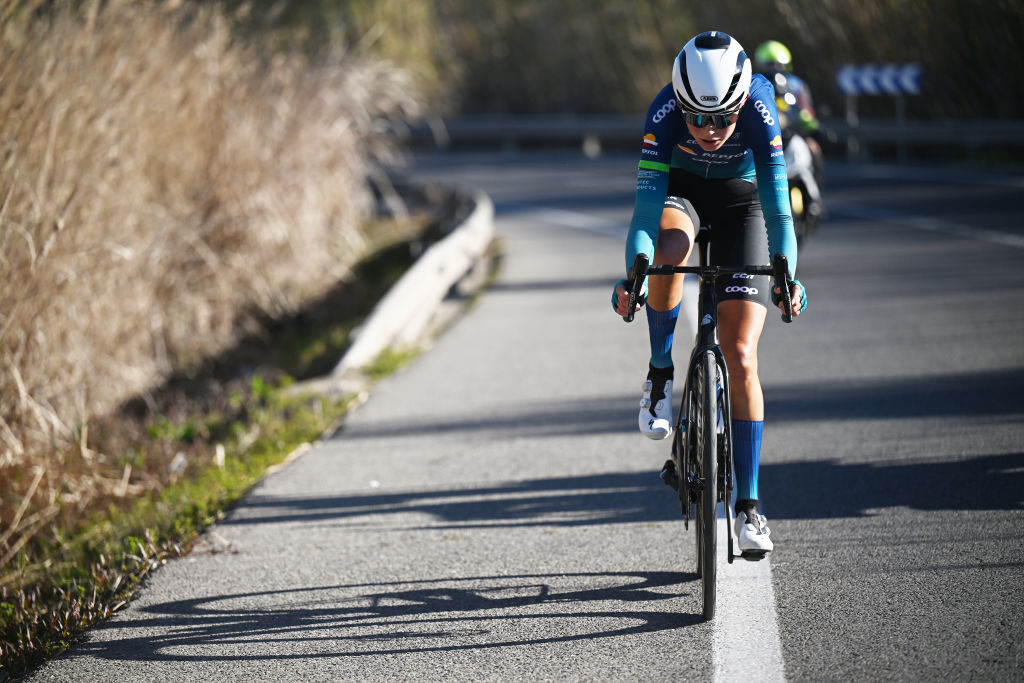Tour de France 2015 Stage 12 preview: Lannemezan - Plateau de Beille, 195 km
The hardest stage of the race so far goes over three peaks before a summit finish at Plateau de Beille
To subscribe to the Cyclingnews video channel, click here.
If it seems like the opening two Pyrenean stages have held back a little – only one climb on stage 10, a relatively straightforward uphill finish on stage 11 – this is when the Tour mountains get serious. The four climbs come, like a left-right-left combination of increasingly harder jabs, before a knock-out right cross.
From the start, the climbs get progressively higher and harder. The second-category Col de Portet d’Aspet comes first – it’s only 4.3km long, but at 9.7 per cent average gradient, it’s the second-steepest mountain of the entire Tour, after the finish at Mende. Next come the Col de la Core and Port de Lers, both first-category climbs, where the fatigue will accumulate and deaden the legs of the peloton. But the crux of the stage comes with the final hors-catègorie climb to Plateau de Beille.
It’s less glamorous than finishes than Alpe d’Huez. The Alpe and the Tour had their first dalliance in 1952, and have been a regular item since 1976, while Plateau de Beille first appeared in the 1998 Tour. Alpe d’Huez is a sophisticated downhill ski station, with a lively après-ski; the road to Plateau de Beille ends in a car park.
But Plateau de Beille has one thing in its favour – it might be even harder than Alpe d’Huez. It’s two kilometres longer, and has a very similar average gradient. It has a different character, too. While Alpe d’Huez starts steep, then eases off in the middle of the climb, Plateau de Beille is a relentless grind, with very few hairpins, apart from one stack early in the first half, to mitigate the gradient. This is not a stage that any except for the best and strongest climbers will enjoy.
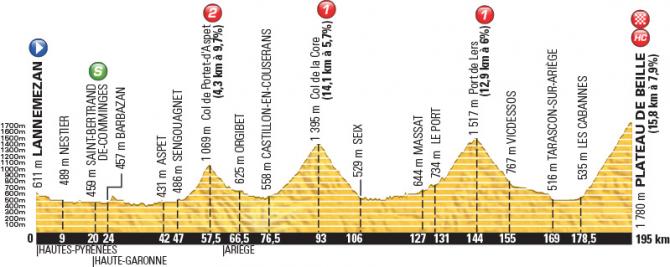
Tactical explainer
This is the kind of stage that Sky would have tried to dominate two or three years ago. When they had the best GC rider and the strongest, most disciplined and best-prepared team, it made sense for them to sit on the front of the peloton and set a fast pace. Once most of their rivals had been dropped, Bradley Wiggins and Chris Froome could then go on and take the time they needed to win the Tour. However, Sky haven’t quite reached those heights since 2013, while other teams have become more ambitious, and tried to take their mantle. Astana, in particular, rode the 2015 Giro in a manner reminiscent of Sky (they mimicked the tactics, but were arguably misguided in doing so, since they didn’t have the strongest GC contender).
These tactics worked because Sky had the clear favourite. This year, with four favourites quite close in ability and form, teams might be wary of committing all their resources in the manner of the Sky train. A team that takes charge today will have to control the race all the way to the Alps. In 2011, the Plateau de Beille stage saw a wary truce between the GC favourites. With this stage, the climbers have the terrain to take time from their rivals, but they’ll have to be aggressive and confident to do so.
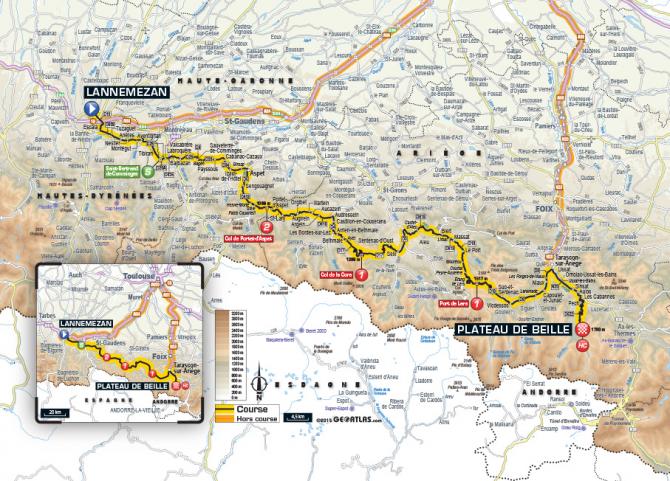
Jens Voigt's view
"I rode up Plateau de Beille many times. Normally the Pyrenees are super boiling hot because it's very sunny and you get no wind in the valleys down there. Plateau de Beille is so steep in the first three kilometres that the race blows to a million pieces straight away. After that it flattens out a bit but gets steep again at the finish. It's a super hard climb and the race can be won and lost here. I was careful not to blow in the first part, because once you blow on a climb like that there is no recovery. You stay in the green, maybe in the dark orange, then put it in the red in the last two kilometres."
Stats & Facts
- Plateau de Beille makes its sixth appearance in the Tour de France since its debut in 1998, when Marco Pantani won the stage.
- This stage has the second-highest number of points for the King of the Mountains competition – 75. The most is stage 20, with 85.
- It’s also the stage with the second highest number of climbing kilometres, with 47.1km in total on the classified climbs. The most is stage 19 with 61.5km
Schedule
0km Start Lannemezan 11:10
20km Sprint St Bertrand de Comminges 11:44
57.5km Cat 2 climb Col de Portet d’Aspet 12:47
93km Cat 1 climb Col de la Core 13:59
144km Cat 1 climb Port de Lers 15:26
195km HC climb Plateau de Beille 16:57
The text in this preview first appeared in the July edition of ProCycling magazine
Get The Leadout Newsletter
The latest race content, interviews, features, reviews and expert buying guides, direct to your inbox!
Latest on Cyclingnews
-
UCI, Alpecin-Deceuninck to pursue bidon thrower 'so that such behaviour is severely punished'
Mathieu van der Poel's team: 'misbehaviour of a few individuals can have far-reaching consequences' -
'Without you, I would probably have stopped my career' – Remco Evenepoel thanks wife Oumi in emotional post ahead of return from 'dark period'
Olympic champion primed for first race since October at Friday's Brabantse Pijl after 'the hardest battle of my life so far' -
What's next for Paris-Roubaix's protagonists? – Van der Poel ends Classics campaign as Pogačar heads to favoured terrain in the Ardennes
Dutchman and world champion not set to face off again until Tour de France in July after historic trio of one-day duels -
Sigrid Haugset finished Paris-Roubaix with fractured hip after crash with 60km to go
'When you’re in a race, you want to finish' says Norwegian after riding 59km, including 18km of cobbles, with injury
